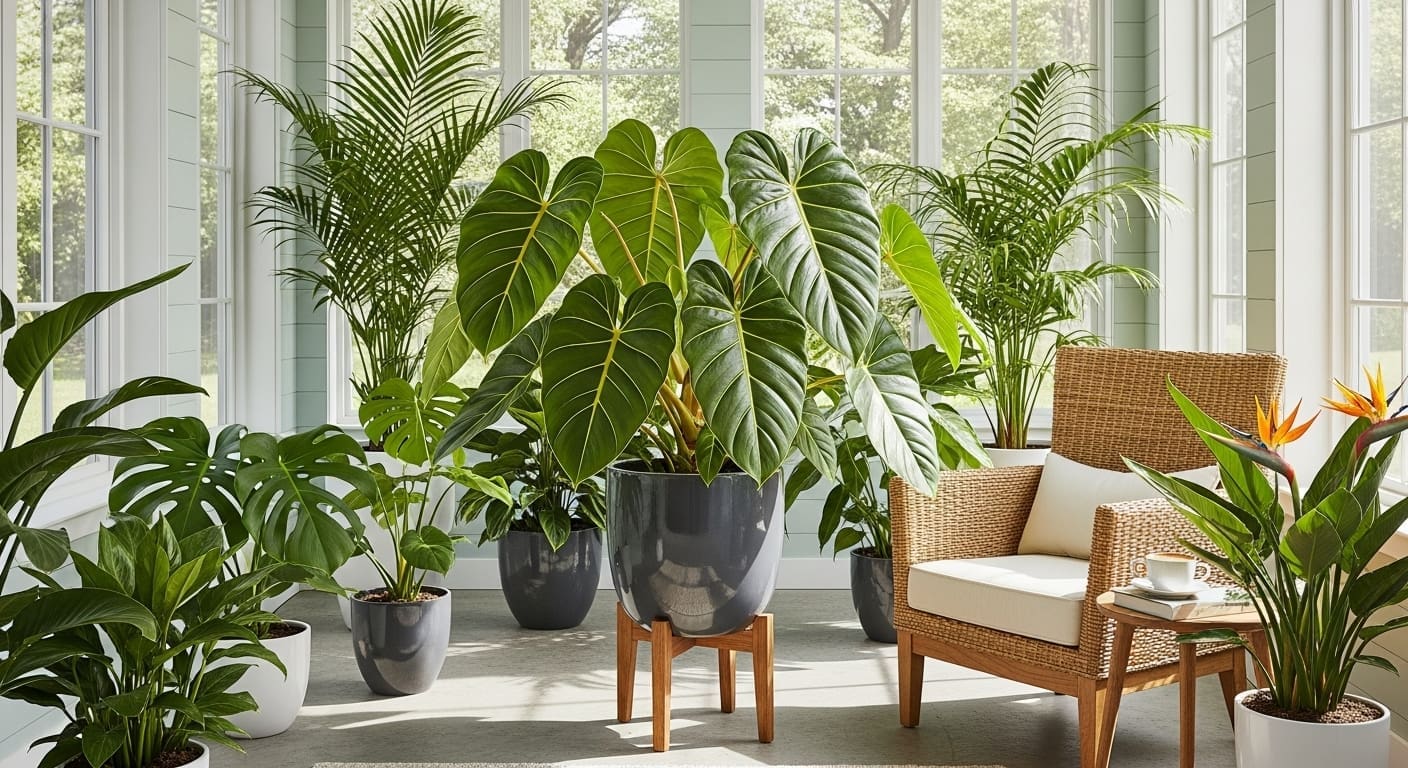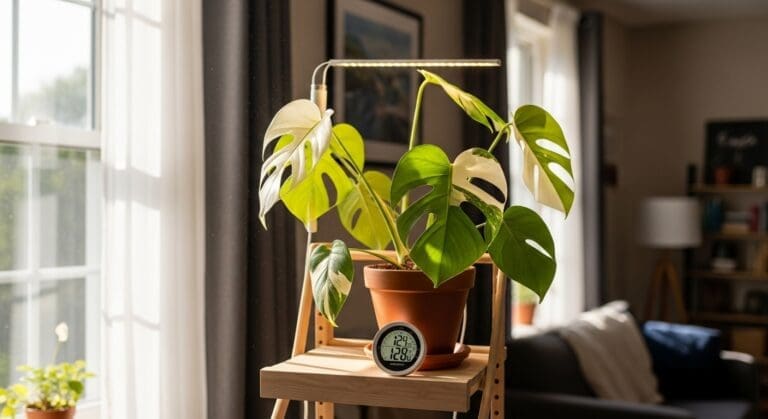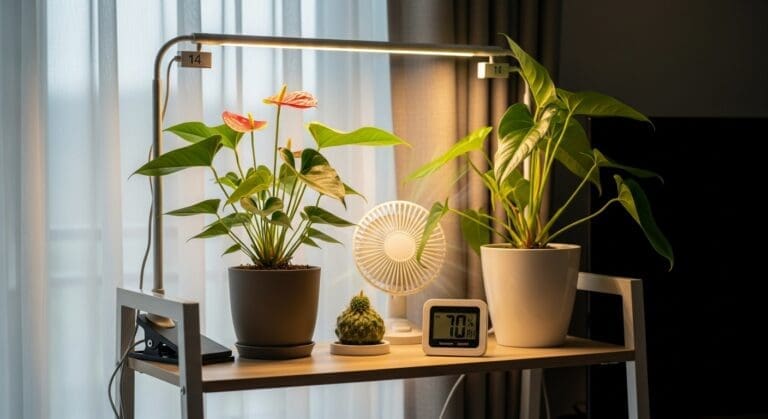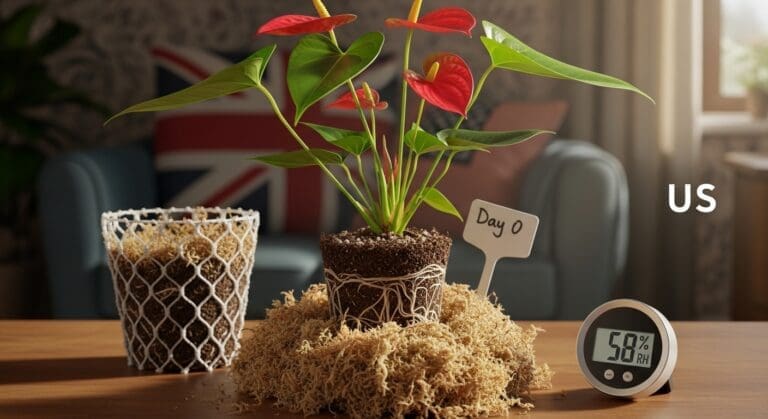Philodendron melanochrysum, often called the “black gold philodendron,” is one of those plants that can stop you in your tracks. With its velvety, deep green leaves and striking golden veins, it’s a statement piece in any plant collection. But while its beauty is undeniable, caring for this rare tropical gem in a UK flat or a US apartment requires a little know-how — and a lot of love.
Owning one isn’t just about adding another plant to your shelf. It’s about creating the perfect micro-environment that mimics its native Colombian cloud forest. Get it right, and it will reward you with larger, more vibrant leaves over time.
Understanding Your Melanochrysum
Before you bring a melanochrysum home, it’s worth knowing a bit about its background. This philodendron thrives in warm, humid conditions with filtered light — a stark contrast to the drier, cooler air of a British winter or a centrally heated US home.
“Whenever I look at mine on a gloomy January morning, it feels like a little piece of the tropics sitting right by my sofa,” I once thought, realising just how much its presence brightened my day.
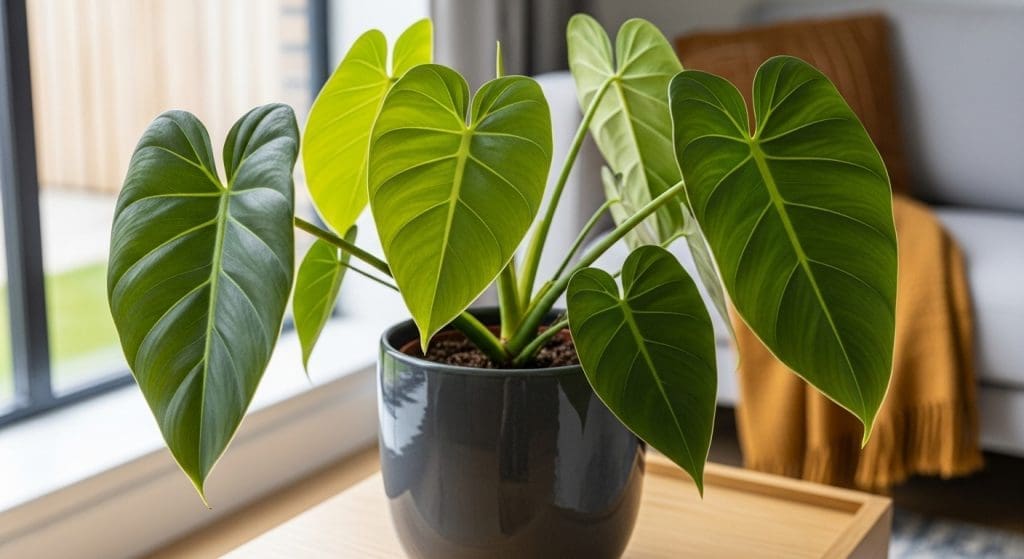
Light: Bright, But Indirect
In the wild, these plants grow under a forest canopy. That means no harsh midday sun, but plenty of bright, indirect light.
In the UK, an east-facing window works wonders, catching the softer morning sun. In the US, especially in sunnier states, you may want to pull it back a few feet from a south-facing window to avoid leaf scorch.
Tip: If your plant’s new leaves come out smaller or paler than usual, it’s probably asking for more light.
Temperature & Humidity: Tropical Comfort
Philodendron melanochrysum loves temperatures between 18–27°C (65–80°F). More importantly, it craves humidity. Aim for at least 60%, though 70–80% will make it truly happy.
In a London winter, that might mean using a humidifier near your plant stand. In a dry Chicago apartment, grouping plants together and using pebble trays can help.
“Last winter, I noticed the edges of the leaves crisping slightly. A £30 humidifier from a local garden centre solved the problem within a week.”
Soil & Watering: Finding the Right Balance
A chunky, well-draining soil mix is essential. Many growers mix orchid bark, perlite, and high-quality peat-free compost to mimic the airy substrate of its natural habitat.
Water when the top 2–3 cm (about an inch) of soil feels dry. Overwatering can lead to root rot, a common killer of melanochrysums in cooler climates.
Ideal soil mix ratio:
- 40% high-quality compost
- 30% orchid bark
- 20% perlite
- 10% horticultural charcoal
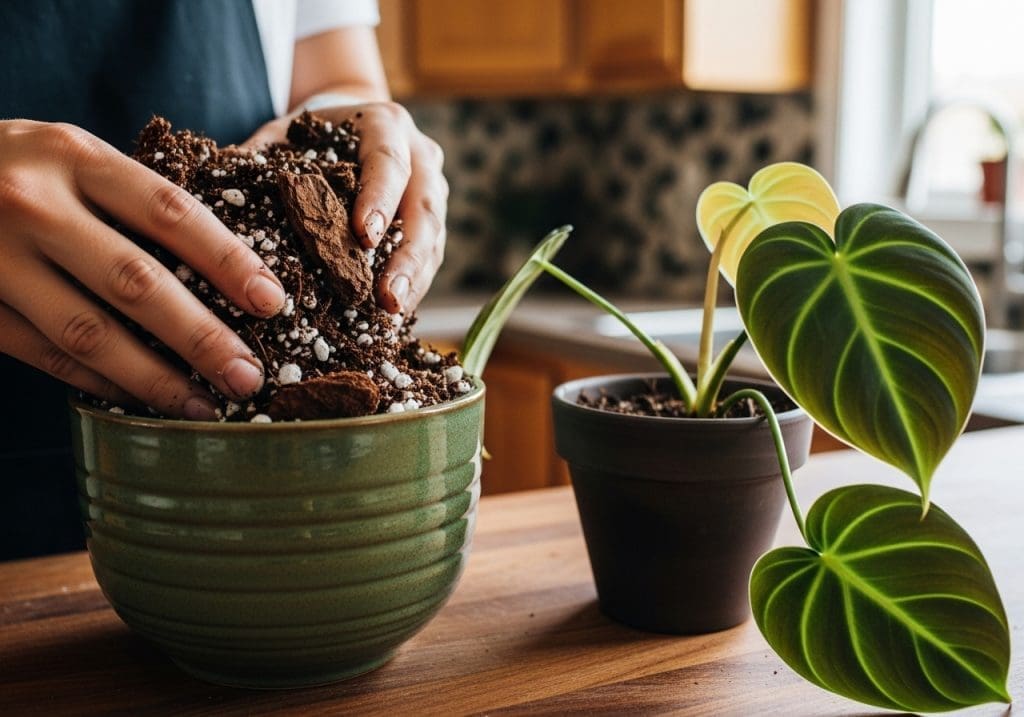
Feeding: Slow and Steady
During the growing season (spring through early autumn), feed with a balanced, diluted liquid fertiliser every 4–6 weeks. In the UK, growth tends to slow in winter due to shorter days, so you can cut back feeding.
In warmer US climates, growth may continue year-round, but still watch for signs of overfertilising — yellowing leaf tips or salt build-up on the soil surface.
Pruning & Support
These plants are natural climbers. Giving them a moss pole or coir stick encourages larger leaves and a stronger growth habit. Prune only to remove damaged foliage or control size.
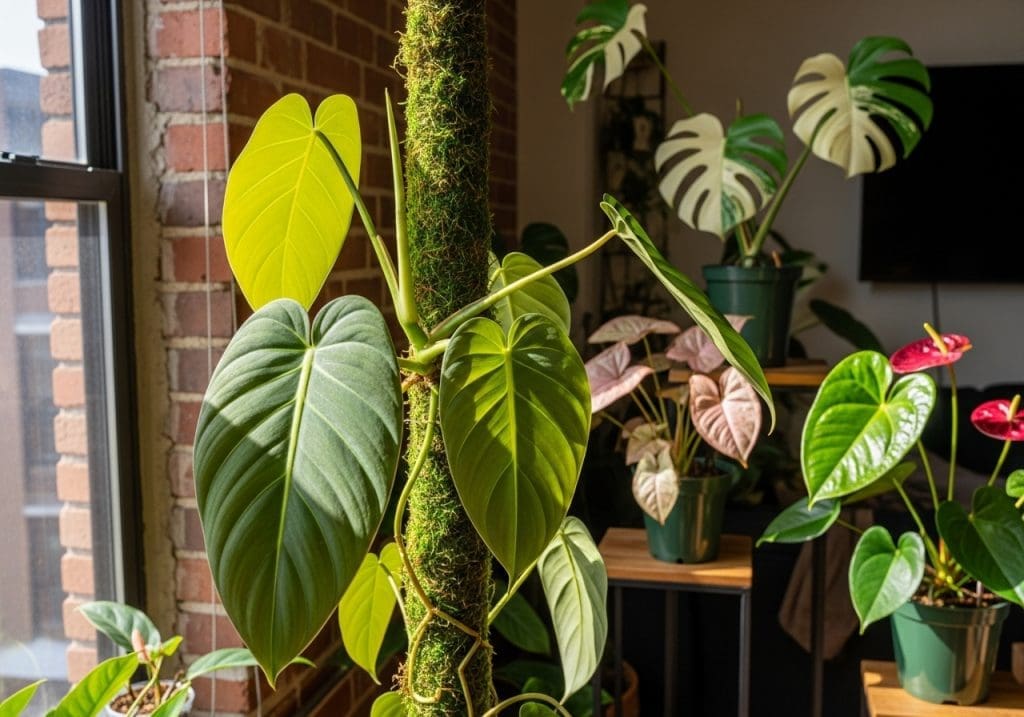
Common Challenges
Even with the best care, issues can arise:
- Yellow leaves → Often due to overwatering or poor drainage.
- Small leaves → Usually a sign of low light or nutrient deficiency.
- Brown edges → Low humidity or sudden temperature changes.
According to the Royal Horticultural Society, maintaining consistent humidity and temperature is the single most effective way to prevent stress in tropical plants (source).
Expert Insight
Dr. James Foster, curator at Kew Gardens, notes:
“Philodendron melanochrysum responds dramatically to environmental changes. If you can recreate even a hint of its native cloud forest conditions, you’ll see why it’s so highly prized among collectors.”
Is It Worth the Investment?
With its striking foliage and relatively slow growth, the melanochrysum is not the cheapest plant you’ll buy. But is it worth it? If you have the right light, humidity, and patience, absolutely.
For UK growers, it can become the crown jewel of a bright conservatory. For US collectors, especially those in humid states, it’s a chance to grow a truly show-stopping houseplant without a greenhouse.
“Every time a new leaf unfurls, I get that same little thrill as the day I brought it home,” a feeling any plant lover will recognise.
Caring for a rare philodendron melanochrysum is a journey — one that rewards attentiveness and patience. By tailoring your approach to the unique conditions of your home, whether in rainy Manchester or sunny California, you can help this beauty reach its full potential.

RarePlantCare Editorial Team produces expert content on rare plants.
Our articles are AI-assisted and human-edited before publication.
We aim to provide practical, evidence-based guides for plant lovers worldwide.
Learn more about our Editorial Policy


